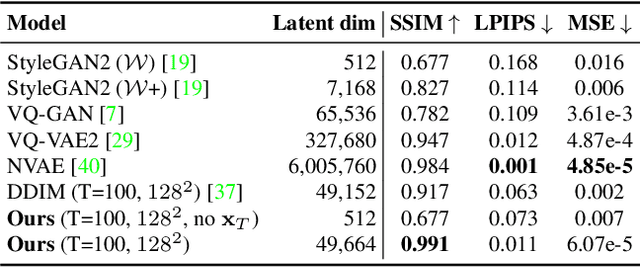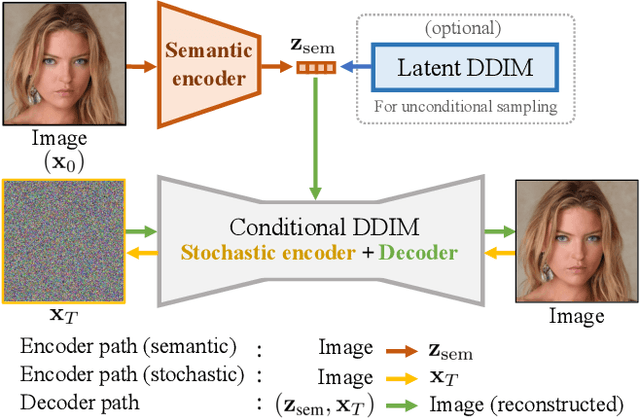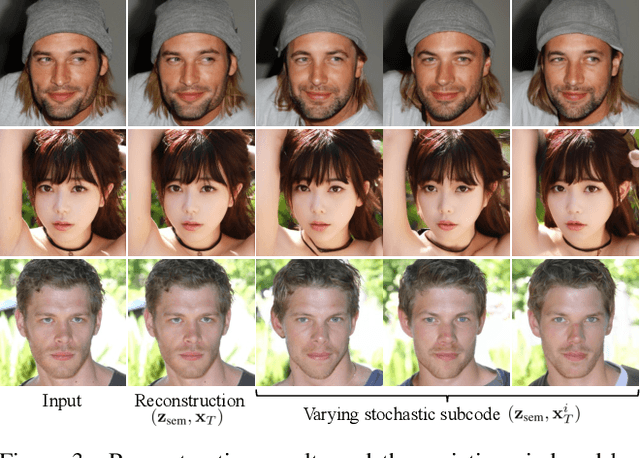Nattanat Chatthee
Zero-guidance Segmentation Using Zero Segment Labels
Mar 24, 2023Abstract:CLIP has enabled new and exciting joint vision-language applications, one of which is open-vocabulary segmentation, which can locate any segment given an arbitrary text query. In our research, we ask whether it is possible to discover semantic segments without any user guidance in the form of text queries or predefined classes, and label them using natural language automatically? We propose a novel problem zero-guidance segmentation and the first baseline that leverages two pre-trained generalist models, DINO and CLIP, to solve this problem without any fine-tuning or segmentation dataset. The general idea is to first segment an image into small over-segments, encode them into CLIP's visual-language space, translate them into text labels, and merge semantically similar segments together. The key challenge, however, is how to encode a visual segment into a segment-specific embedding that balances global and local context information, both useful for recognition. Our main contribution is a novel attention-masking technique that balances the two contexts by analyzing the attention layers inside CLIP. We also introduce several metrics for the evaluation of this new task. With CLIP's innate knowledge, our method can precisely locate the Mona Lisa painting among a museum crowd. Project page: https://zero-guide-seg.github.io/.
Diffusion Autoencoders: Toward a Meaningful and Decodable Representation
Dec 01, 2021



Abstract:Diffusion probabilistic models (DPMs) have achieved remarkable quality in image generation that rivals GANs'. But unlike GANs, DPMs use a set of latent variables that lack semantic meaning and cannot serve as a useful representation for other tasks. This paper explores the possibility of using DPMs for representation learning and seeks to extract a meaningful and decodable representation of an input image via autoencoding. Our key idea is to use a learnable encoder for discovering the high-level semantics, and a DPM as the decoder for modeling the remaining stochastic variations. Our method can encode any image into a two-part latent code, where the first part is semantically meaningful and linear, and the second part captures stochastic details, allowing near-exact reconstruction. This capability enables challenging applications that currently foil GAN-based methods, such as attribute manipulation on real images. We also show that this two-level encoding improves denoising efficiency and naturally facilitates various downstream tasks including few-shot conditional sampling. Please visit our project page: https://Diff-AE.github.io/
 Add to Chrome
Add to Chrome Add to Firefox
Add to Firefox Add to Edge
Add to Edge